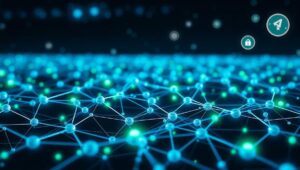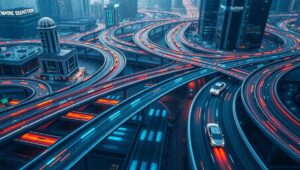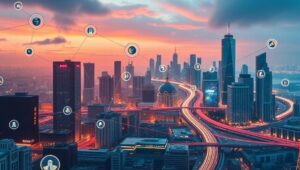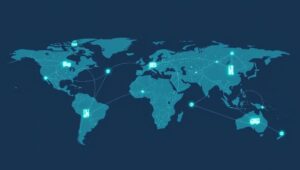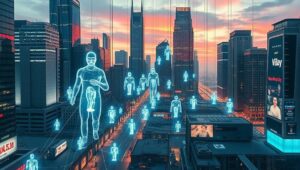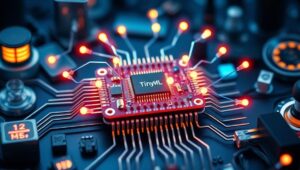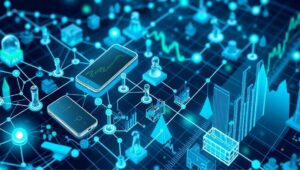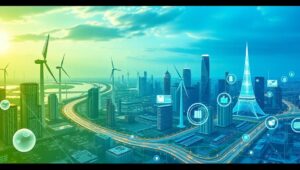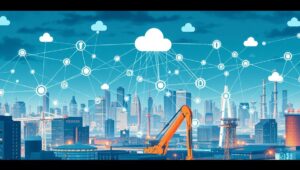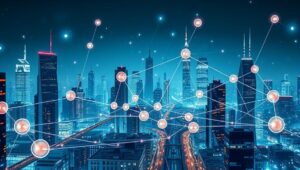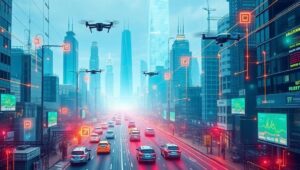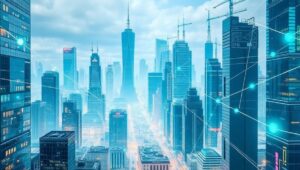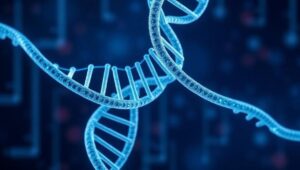May 19, 2025
Smart Grids and Energy Management with IoT (2025 Efficiency)
Smart Grids and Energy Management with IoT (2025 Efficiency) The convergence of smart grids and the Internet of Things (IoT) is revolutionizing energy management, paving the way for unprecedented efficiency gains by 2025. This article delves into the transformative impact of IoT on smart grids, exploring key applications, benefits, and future trends. Understanding Smart Grids Smart grids represent an evolution of traditional power grids, integrating advanced technologies such as sensors, communication networks, and data analytics to enhance grid performance. Unlike conventional grids that operate unidirectionally, smart grids facilitate two-way communication between energy providers and consumers, enabling real-time monitoring, control, and
